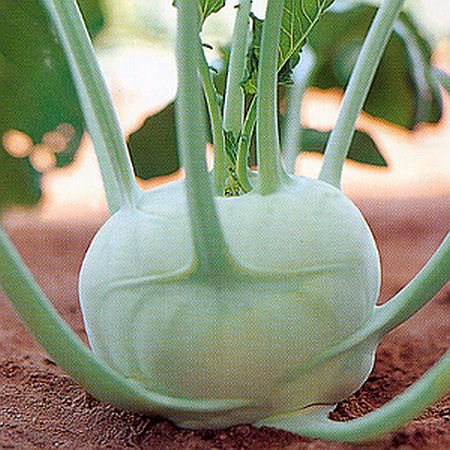Pierwsze wzmianki o kalarepie stosowanej w kuchni pochodzą ze starożytnego Rzymu. Do nowożytnej Europy kalarepa przywędrowała w XVI wieku , a na Polskich stołach gości od wieku XIX. Kalarepa jest odmianą kapusty warzywnej. Jadalna część kalarepy to zgrubiona łodyga i młode listki. Jadalna część pokryta jest grubą, twardą skórką którą przed spożyciem warzywa należy obrać.
W handlu dostępna bywa od wczesnej wiosny. Kupując kalarepę wybieramy te o listkach intensywnie zielonych. Bulwa powinna być twarda. Zbyt duże liście, liście wyblakłe, zmiany na bulwie dyskwalifikują kalarepę.
Kalarepa i jej młode listki to kopalnia niezbędnych do życia i zdrowia składników. Zawiera wiele witamin i mikroelementów, nie wywołuje alergii, nie zawiera cholesterolu. Inne składniki to luteina niezbędna do dobrej kondycji oczu oraz cholagoga poprawiająca trawienie. Zawarte w kalarepie włókna roślinne wspomagają pracę jelit. Jest i jeden minus. Kalarepa zawiera szczawiany których powinni unikać chorzy na kamicę nerkową. Reasumując jedzmy kalarepę, młoda, jędrna jest naprawdę smaczna.

Nowa odsłona popularnego portalu z przepisami kulinarnymi